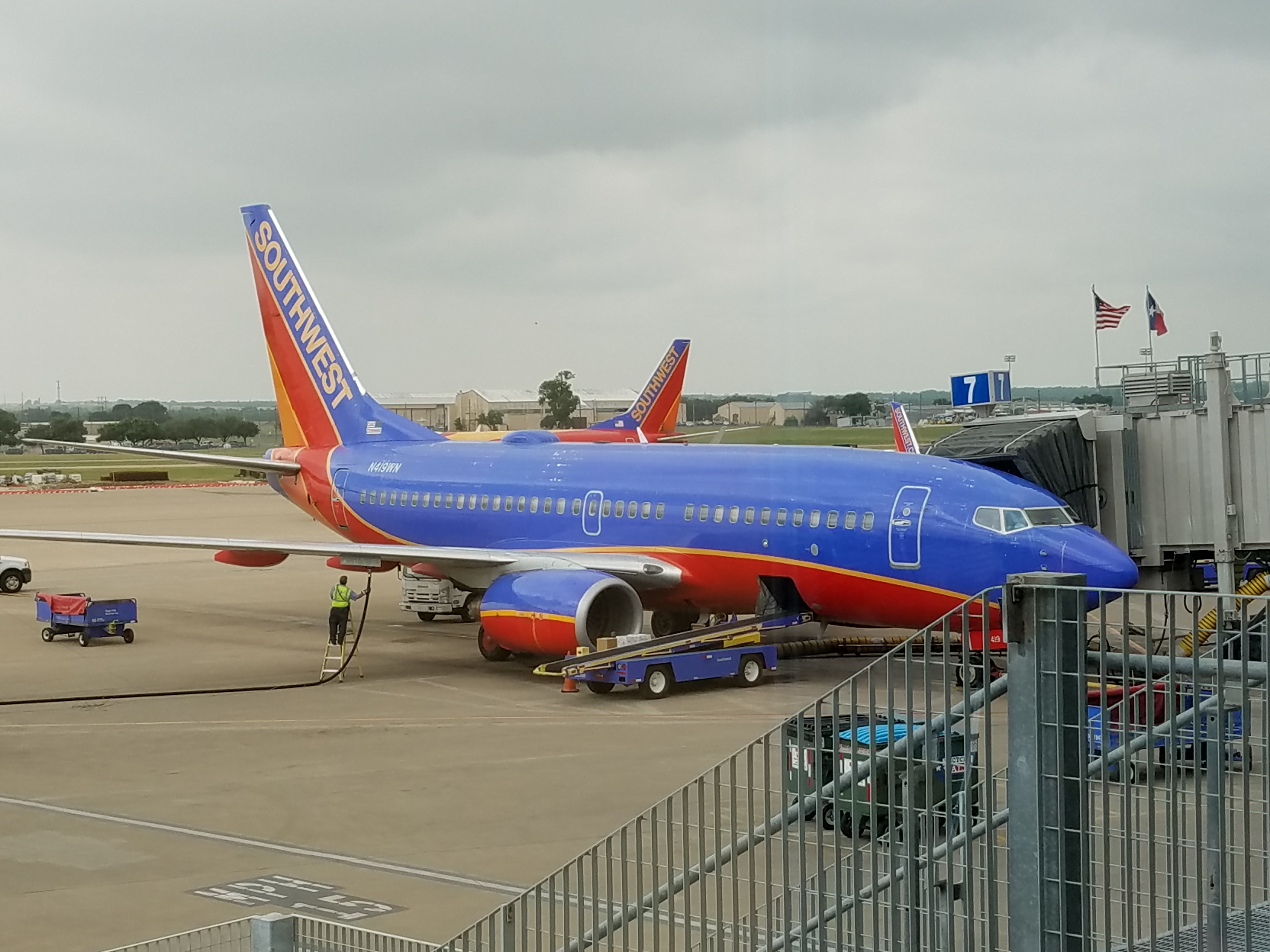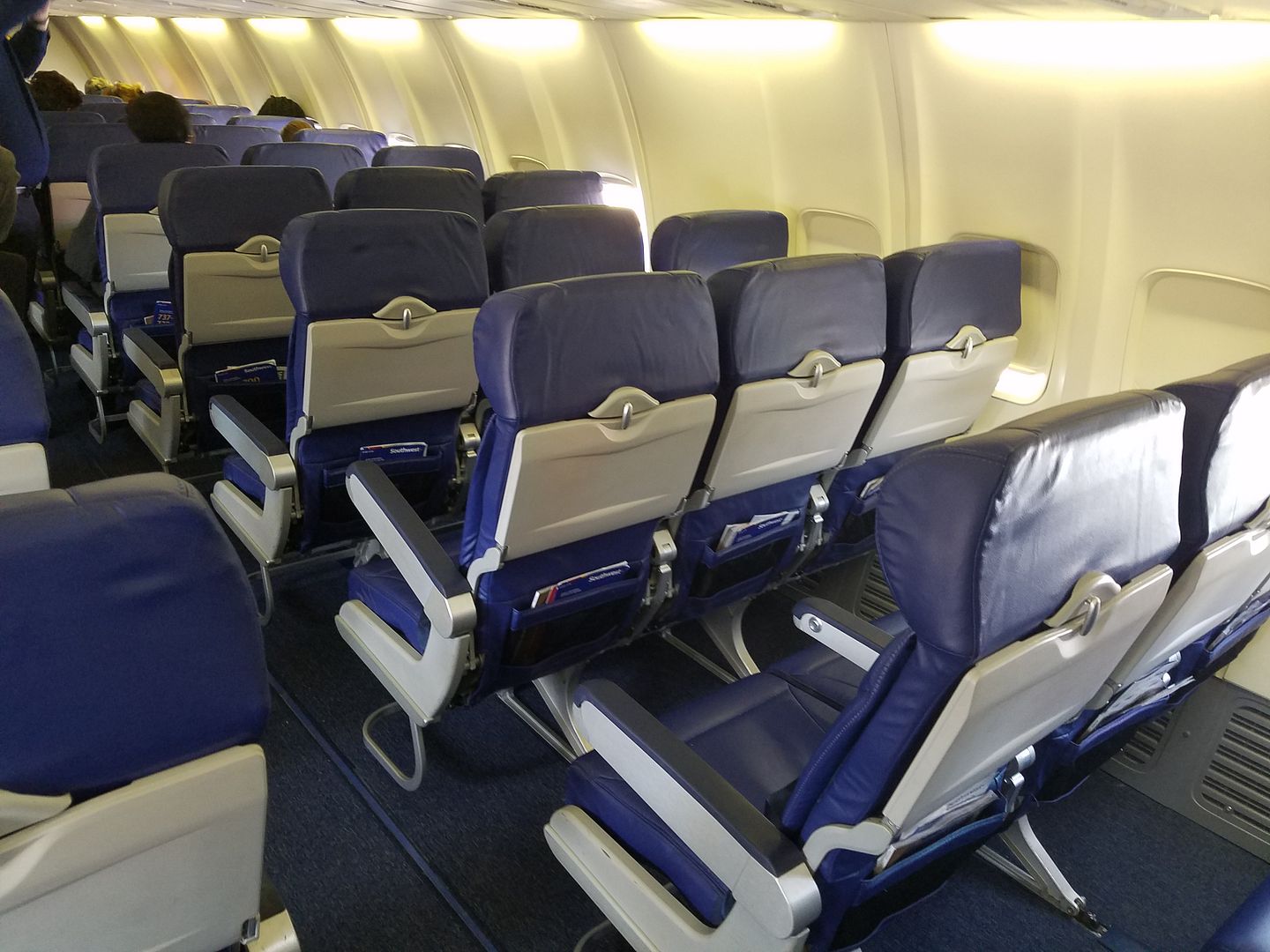At the beginning of the pandemic I wrote that while it makes tremendous sense for airlines to cut back their operations significantly in the face of reduced demand, if there was one airline that didn’t do this to nearly the same extent they could benefit in an outsized manner as travel began to return.
Since they’re still paying employees anyway, still making lease payments on planes (or own them), and fuel is cheap the variable costs of flights are fairly low. If one carrier could aggregate the bulk of demand it could be a better financial strategy than shrinking (even if both are money-losing for awhile). Of course this falls apart once a second and a third airline begin to add flights, too.
I thought back to this claim, that readers found controversial at the time, twice in the past week. First when Southwest Airlines extended its schedule through winter and included the same number of flights (albeit fewer routes) that they operated at the end of 2019 – although I fully expect that they will cut flights from this initial schedule – and second listening to former Spirit Airlines CEO Ben Baldanza talking about a 1990s board game in the June 3 Airlines Confidential podcast.

Ben is known for his collection of board games and talked about Airline Baron where you would have to declare at the start of each round whether you’d engage in a fare war.
The goal of the game was to earn the most profit, and if you were engaged in a fare war you wouldn’t earn any profit that round. However it gave you the opportunity to expand routes and obtain gates at congested airports. You could grow your airline relative to the rest of the industry (other players), taking a disproportionate amount of business, and position the carrier to earn more money in subsequent rounds.
Southwest is well-positioned to restart flights compared to competitors, with a single class of service (so they aren’t worried about a return in premium demand) and with a largely domestic route network, indeed one that focuses heavily outside of the Northeast that has so far been hardest hit by the COVID-19 pandemic.

Nonetheless I think it’s overly ambitious to offer the same level of flying year-over-year a mere six months from now. Indeed, if even Southwest believed it they wouldn’t be offering such generous voluntary quit packages to convince large numbers of employees to leave. That’s one reason I’m confident that Southwest will drop flights from their overly ambitious winter schedule, even if they wind up a materially larger domestic airline than competitors when we reach that point in the calendar.


Every SouthWest flight I have checked is more expensive than other airlines. So I have been booking away from SW.
Don’t mean to nitpick but I am unsure of how you determine that Southwest is not affected because of not being as invested in the NE. Sure, while not in the NE, Chicago is the largest base in the WN system and feeds flights to many cities in the NE. As well it was a pretty substantial “hotspot” on its own. Baltimore is 5th and growing. BWI is the major hub for a fairly substantial network spanning the entire East coast, mostly feeding New York State and New England to Florida and the Caribbean.
I don’t see much difference between WN and the Big 3 in terms of regional presence and how Covid might affect them. I do though agree that not having premium cabins will greatly benefit Southwest in the short term. But, one could argue as well that the Big Three have regional jets to play with so as to give them an ability to more profitably fill an aircraft on many routes until demand justifies larger jet service.
@Stuart I have several times made the point about Southwest’s Midway operation.
Interestingly, after being ‘run out’ of AA and UA with their surly service, marginal performance, and rolling devaluations, I don’t mind paying more for SWA because of their service and flexibility. My employer doesn’t either. Good for them, and I can’t wait for more options to fly them.
@Gary, I’m sorry, in this post you did? As I don’t see any mention of Midway operations. Of course, I am blinded at times by perfunctory reading, especially after an evening glass of wine.
In the end I think it’s not worthwhile of an article on your part. I could easily show many ways that Southwest will be more vulnerable in the end if this drags on. The only two things they have going for them are relatively good labor relations and more clout with Boeing to delay orders on future aircraft.